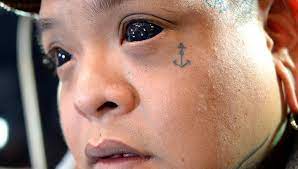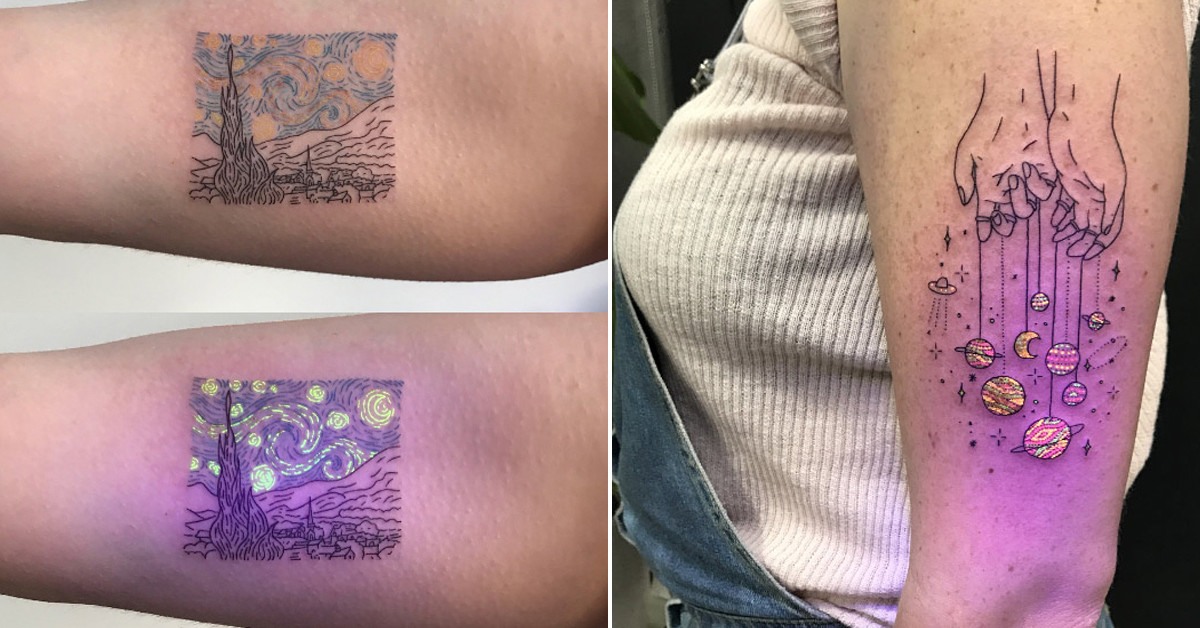
How it’s done
Eyeball tattooing (also called sclera tattooing) is an extreme form of body modification that alters the white part of one or both eyes, changing its hue permanently. It has recently become one of the hottest trends regarding body modifications. The procedure involves injecting dye into the sclera – the white portion of your eye. Your eye is such a delicate organ, so the appropriate spot must be targeted when injecting. Sclera tattooing may seem straightforward enough, but sometimes things go awry, and the procedure goes wrong, including one case where a man experienced sudden blindness while getting his eyeball tattooed. Eye whites are incredibly delicate and should never be damaged due to infection and potential blindness risks. Therefore, it’s wise to be extra vigilant when selecting an artist; do a background check beforehand by speaking with friends about them or getting references before proceeding with any tattooing sessions.
Complications
Avoid getting an eyeball tattoo, as they’re both painful and pose irreparable damage, not to mention they increase the risk of cataracts. Unfortunately, people who opt to get eyeball tattoos have experienced severe adverse side effects – some even losing their vision and needing their eyes removed altogether. Chronic Inflammatory Black Tattoo Reaction (CIBTR), which affects 18% of cases of complications, is the most frequently occurring complication. CIBTR can lead to inflammation and infections that could ultimately result in blindness or permanent damage. Complications associated with eyeball tattooing procedures may include eyelid swelling, redness, itching, and drainage post-procedure. Although not caused directly by the tattoo, all potential hazards must be considered before before getting one done.
Safety measures
Tattooing an eyeball requires several safety measures, most importantly, hiring a professional. Tattooing their eyeballs themselves has become increasingly popular, yet it can be tricky and pose significant risks – including vision loss, infection, and pain. Ensure that the risk of blood vessels being damaged during an eyeball tattooing procedure is taken seriously, as this could lead to bleeding and bloodshot eyes. Tattooing an eyeball may not lead to blindness. Still, risks may be considered when getting one done – including decreased vision, retinal detachment, infections and inflammation, light sensitivity, or even complete blindness.
Getting it done
Refractive surgery is a high-risk endeavor that may lead to reduced vision, retinal detachment, infection, inflammation, and light sensitivity; potential outcomes also include blindness or complete loss of an eye. One woman from Canada experienced eyeball tattooing gone wrong and ended up with purple liquid oozing from her eye, suffering pain, reduced vision, and visible tattoo ink clumps surrounding her cornea. When sharing her experience online, she quickly found herself embroiled in a worldwide scandal.

